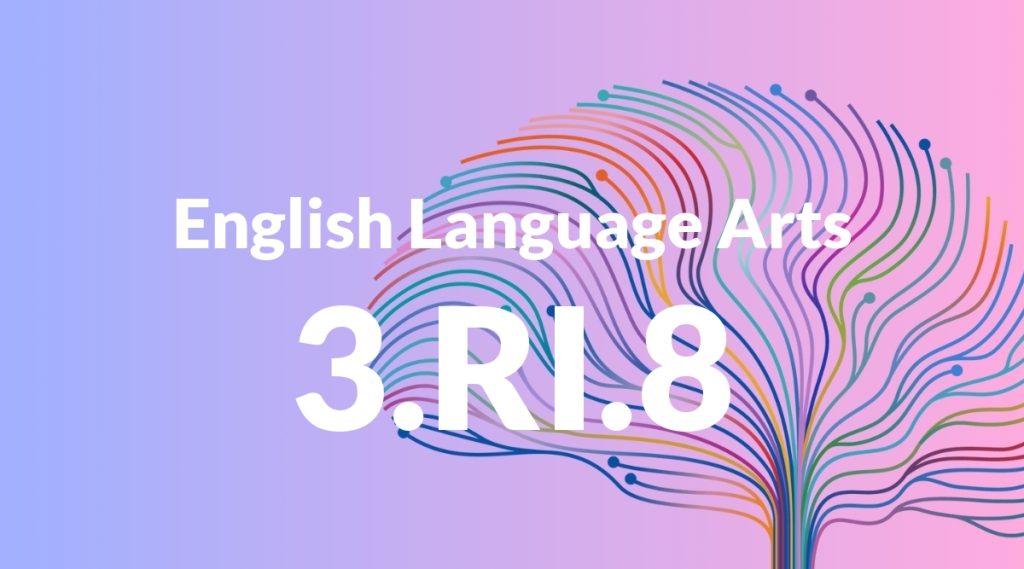Standard: 3.RI.8 – Describe the logical connection between particular sentences and paragraphs in a text (e.g., comparison, cause/effect, first/second/third in a sequence).
Grade level: Grade 3
Subject: English Language Arts
Domain: Reading: Informational Text
Teacher Overview
This standard focuses on helping students understand the logical connections between sentences and paragraphs in informational texts. This skill is crucial for comprehending complex texts and for writing clearly and logically. Mastery of this standard will support students in all areas of reading and writing. Students should be comfortable with basic sentence structure and paragraph organization. They should also be able to identify simple text features such as headings and subheadings.
Students will be able to analyze more complex texts, understanding how different sections contribute to the overall meaning and structure. They will also be able to write their own informational texts with clear logical connections.
Common Misconception 1
Some students may think that all sentences in a paragraph serve the same purpose, which can lead to confusion about the main idea and supporting details.
Intervention 1
Use color-coding or highlighting to differentiate between topic sentences, supporting details, and concluding sentences within paragraphs.
Common Misconception 2
Another common misconception is that the order of sentences and paragraphs is arbitrary, which can result in a lack of coherence in their understanding and writing.
Intervention 2
Introduce graphic organizers that help students map out the logical sequence and connections between ideas, reinforcing the importance of structure.
Prerequisite Knowledge
Students should have a basic understanding of sentence structure and paragraph organization. They should also be familiar with simple text features such as headings and subheadings.
Subsequent Knowledge
After mastering this standard, students will be able to analyze more complex texts, understanding how different sections contribute to the overall meaning and structure. They will also be able to write their own informational texts with clear logical connections.
Instructional Activities
- Use sentence strips to create and rearrange paragraphs, discussing the logical connections.
- Have students write a short informational text, focusing on clear connections between sentences and paragraphs.
- Analyze a variety of informational texts, identifying the logical connections and structure.
- Create graphic organizers to map out the sequence and connections in a text.




